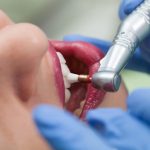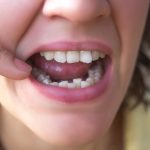When Do Kids Lose Front Teeth? A Guide to Your Child’s Dental Milestones
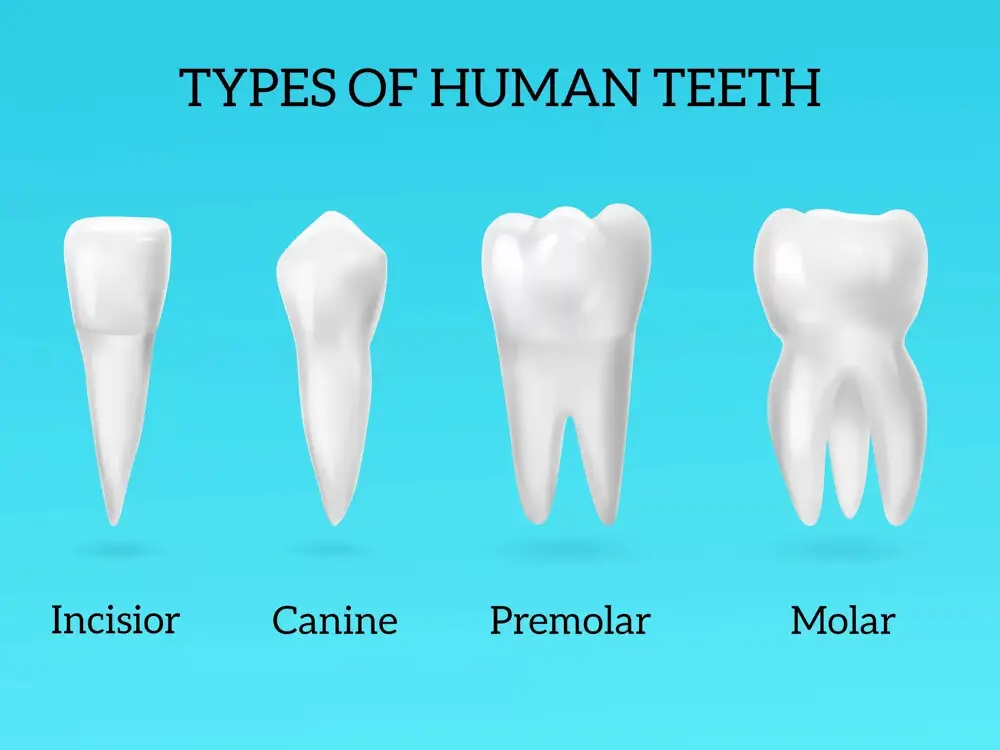
Losing baby teeth is a significant milestone in every child’s life. As parents, it is our responsibility to ensure that our little ones have healthy teeth and gums. Knowing when your child’s teeth start falling out and what to expect during the process can help you prepare your child and make the transition easier. From the first tooth eruption to the permanent teeth, this guide will provide you with comprehensive information on your child’s dental milestones, so you know when to expect those adorable toothless grins. The process of losing baby teeth is called exfoliation. It typically starts around the age of six or seven years old, but it can also happen as early as four years old or as late as eight years old. The first teeth to fall out are usually the front bottom teeth, followed by the front top teeth. Your child’s teeth will fall out in the same order they came in, and the entire process takes about six years to complete. However, every child is different, and some may lose their teeth faster or slower than others. Regardless, it’s essential to keep track of your child’s dental milestones to ensure their oral health is in check and to celebrate their exciting milestones.
Understanding dental milestones is crucial for parents and caregivers, as these milestones help to track the growth and development of a child’s teeth and overall oral health. These milestones include when primary teeth come in and fall out, the emergence of permanent teeth, and the development of a child’s bite and jaw alignment. Monitoring these milestones can help identify any potential issues early on, such as crowding or misalignment, and allow for timely intervention to prevent further problems. Additionally, knowing when a child is likely to lose their front teeth or gain their permanent molars can help parents prepare for potential discomfort or changes in eating habits. Overall, staying informed about dental milestones can ensure a child’s oral health is properly maintained and any issues are addressed promptly.
In this article, we will take a comprehensive look at the dental milestones of children, particularly when they lose their front teeth. We will explore the factors that influence the timing of this event, including genetics, nutrition, and oral hygiene. We will also discuss the different stages of dental development and what parents can expect during each stage. Moreover, we will provide tips on how to take care of your child’s teeth and gums, as well as how to manage the discomfort that may come with teething. By the end of this article, parents will have a better understanding of their child’s dental health and what they can do to promote optimal dental development.
The Timeline of Baby Teeth
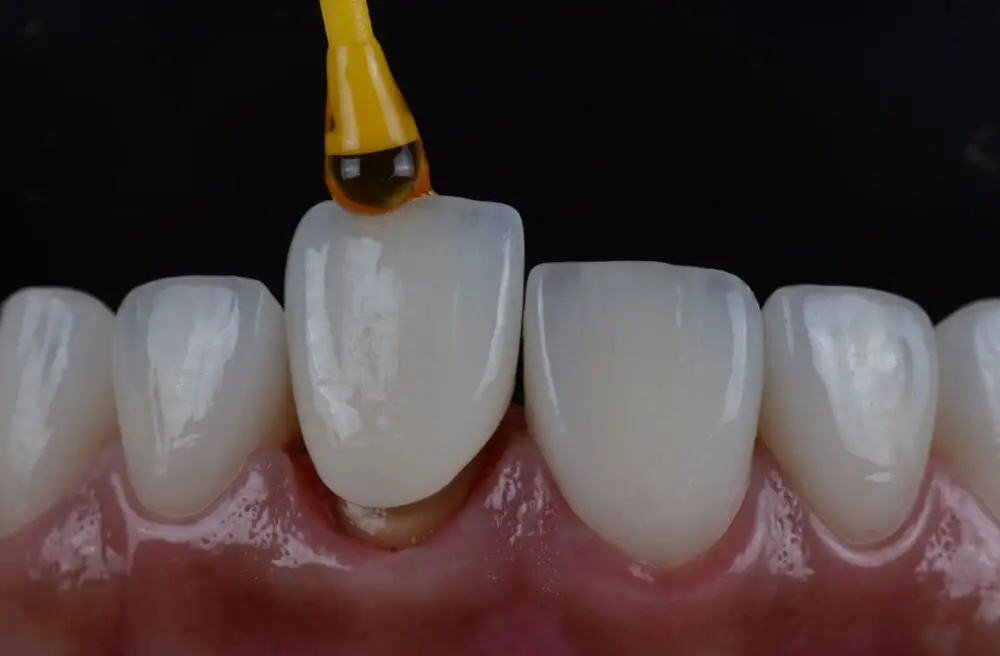
The timeline of baby teeth is an essential aspect of a child’s dental development. It begins when the first tooth erupts, typically around six months of age, and ends when the last baby tooth falls out, usually between the ages of ten and thirteen. There are 20 baby teeth in total, and they are replaced by permanent teeth over time. The timeline of baby teeth is divided into two stages, primary and mixed dentition. Primary dentition is the first stage of the timeline of baby teeth and includes the first 20 teeth that erupt in a child’s mouth. This stage typically begins around six months of age and lasts until the age of six. During this stage, parents should regularly check their child’s teeth for any signs of decay or damage. They should also teach their child good oral hygiene habits, such as brushing twice a day and flossing daily. The primary dentition stage is critical in ensuring that a child’s baby teeth develop correctly, as it sets the foundation for their permanent teeth. The second stage of the timeline of baby teeth is the mixed dentition stage. This stage begins when the first permanent teeth erupt, which typically occurs around the age of six. During this stage, parents should continue to monitor their child’s oral health and ensure that they are brushing and flossing regularly. They should also consider orthodontic treatment if their child’s teeth are not aligning correctly. Overall, the timeline of baby teeth is an essential aspect of a child’s dental development, and parents should take an active role in ensuring that their child’s teeth are healthy and strong.
Baby teeth, also known as primary teeth, usually start to emerge between six months to a year of age. The front teeth, which include the incisors and canines, are usually the first to appear. By age three, most children have a full set of 20 primary teeth. These teeth play a crucial role in helping children bite and chew food, speak clearly, and develop facial muscles. As children grow, their jaws and mouth change, causing the primary teeth to become loose and fall out naturally. This process usually begins around age six and continues until around age 12. The order in which teeth fall out can vary, but the front teeth are typically the first to go, followed by the molars in the back. It’s important to encourage good dental habits early on to ensure your child’s teeth stay healthy and strong throughout their life.
The front teeth are the most visible and prominent teeth in our smile, and they play a vital role in our ability to speak, eat, and even breathe. The timeline of their loss is an important dental milestone for children, starting around age six and continuing until age twelve. The process of losing these teeth can be both exciting and scary for kids, as they eagerly anticipate the arrival of their permanent teeth, while also feeling anxious about the gaps in their smile. However, with proper dental care and regular check-ups, parents can ensure that their child’s transition from baby teeth to permanent teeth is smooth and healthy, setting the foundation for a lifetime of good oral health.
Timing of losing front teeth can vary from child to child. Typically, children lose their front teeth between the ages of 6 and 8 years old. However, some children may lose their teeth earlier or later than this average range. There are many factors that can influence the timing of tooth loss, including genetics, nutrition, and oral hygiene habits. Additionally, children who engage in activities such as sports or chewing on objects may experience tooth loss earlier than their peers. It is important for parents to monitor their child’s dental development and consult with a dental professional if there are any concerns about the timing of tooth loss or other dental milestones.
Signs That a Tooth is Ready to Fall Out
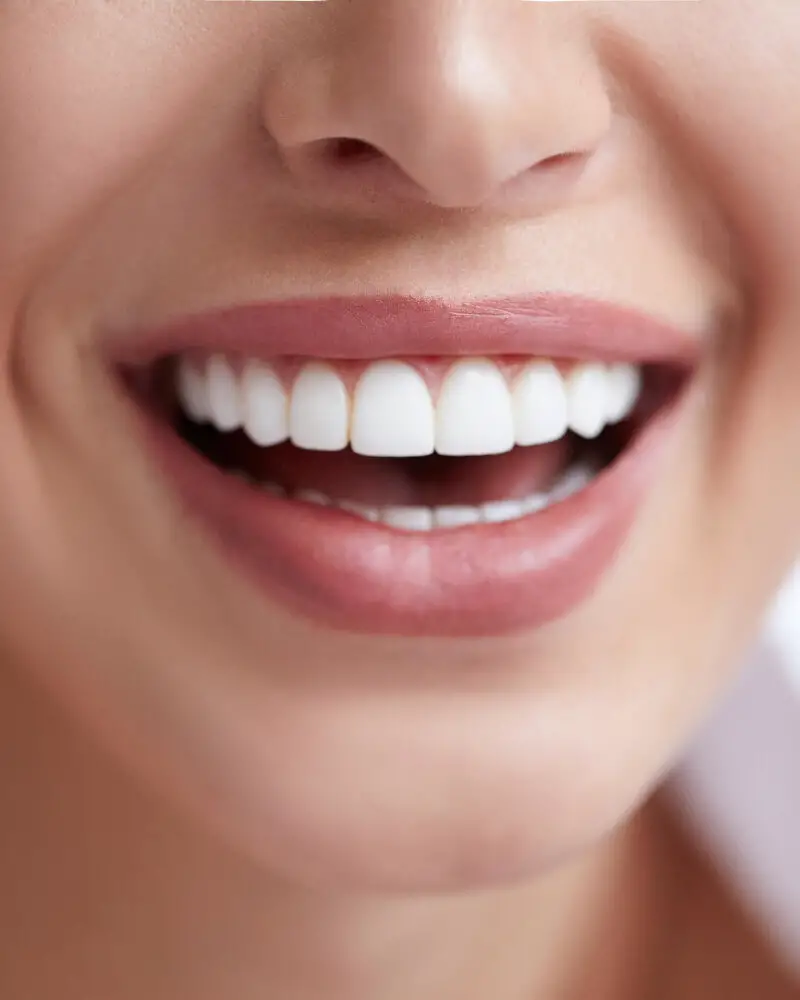
As a parent, it can be exciting to watch your child’s teeth grow and develop, but it’s equally important to keep an eye out for signs that a tooth is ready to fall out. One of the most obvious signs is when the tooth becomes loose and starts to wiggle. This is a natural part of the tooth loss process, and it indicates that the roots of the tooth are starting to break down. Sometimes, children may even notice that their tooth is loose before their parents do, and they may start to wiggle it with their tongue or fingers. Another sign that a tooth is ready to fall out is when a permanent tooth starts to emerge behind it. This is often visible when a child smiles or opens their mouth wide, and it indicates that the baby tooth is making way for a new, permanent tooth. In some cases, a permanent tooth may start to push against a baby tooth, causing it to become loose or wobbly. This can be a slightly uncomfortable sensation, but it’s a natural part of the tooth loss process, and it’s nothing to worry about. Overall, it’s important to keep an eye out for these signs of tooth loss, and to help your child take care of their teeth during this important developmental stage.
When a child’s tooth is ready to come out, there are several physical signs that can be observed. One of the most obvious signs is when the tooth becomes loose and begins to wiggle. This is a result of the root of the tooth gradually dissolving, which causes it to detach from the gum tissue. Additionally, the surrounding gum tissue may appear red and swollen, indicating that the tooth is becoming more mobile. As the tooth continues to loosen, it may start to protrude from the gumline or even shift position, making it easier to wiggle. Finally, the tooth will fall out on its own or with a little help from the child, leaving behind a small gap in the child’s smile.
As a parent, it is essential to understand that losing front teeth is a normal part of childhood development. However, it can be a challenging experience for your child, both physically and emotionally. To help your child through this process, it is important to provide them with extra care and attention. Ensure that they are maintaining good oral hygiene to prevent any infections or complications. Encourage them to eat soft foods and avoid hard or sticky foods that could harm their gums. You can also offer them positive reinforcement and support, such as creating a special tooth fairy tradition, to help them feel more comfortable and confident during this transition. Overall, with a little patience and care, you can help your child navigate this exciting but sometimes challenging milestone.
As with any developmental milestone, losing front teeth can come with potential complications. In some cases, a child’s permanent teeth may start growing in behind their baby teeth, causing them to become impacted or preventing them from growing in properly. Additionally, if a child loses a tooth due to injury or decay, it can increase their risk of developing gum disease or other oral health issues. It’s important for parents to closely monitor their child’s dental health and seek professional advice if they notice any issues or concerns. By staying vigilant and proactive, parents can help their child maintain a healthy and happy smile for years to come.
Dealing with Gaps in Your Child’s Smile
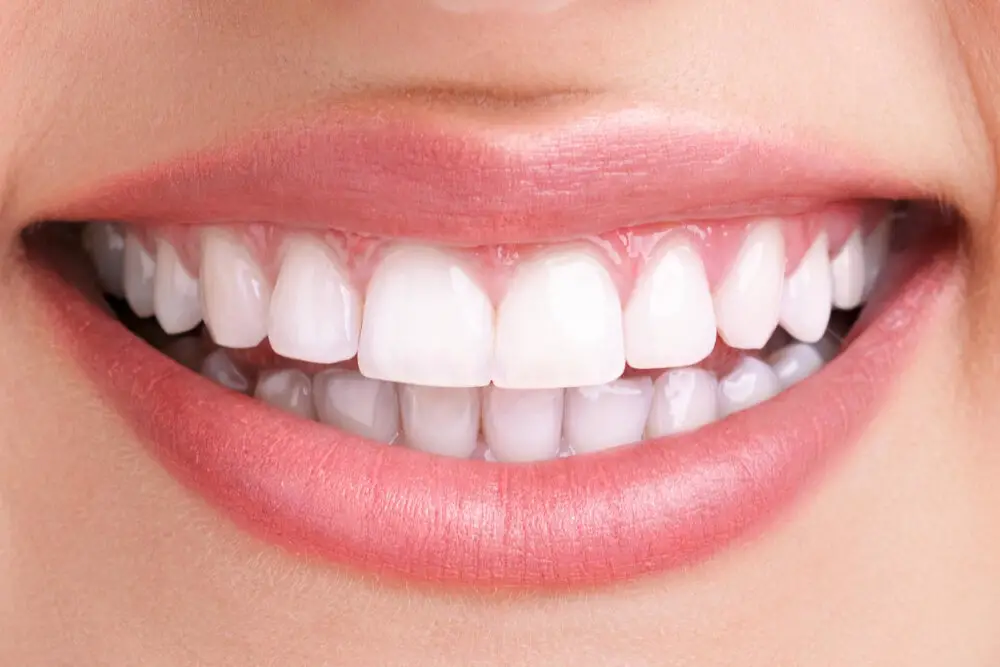
Gaps in your child’s smile can be a cause of concern for many parents. However, it is important to understand that having gaps in their teeth is a normal part of a child’s dental development. As children grow, they lose their baby teeth to make way for their adult teeth. This process usually begins around the age of six and continues until their early teens. As the baby teeth fall out, gaps may appear in your child’s smile, and this is perfectly normal. These gaps will typically be replaced by adult teeth over time. However, if you are concerned about your child’s dental development, it is always a good idea to consult with a dentist. If your child has a gap in their smile that is causing them to feel self-conscious, there are several treatment options available. One of the most common treatments for gaps in teeth is braces. Braces can help to close gaps in teeth by gradually shifting them into the correct position. Another option is dental bonding, which involves using a tooth-colored resin to fill in the gap. This procedure is relatively quick and painless and can be completed in a single visit to the dentist. Other treatments for gaps in teeth may include dental implants or veneers. However, these treatments are typically reserved for cases where the gaps are more severe. Whatever treatment option you choose, it is important to remember that gaps in your child’s smile are a normal part of their dental development and can be easily treated if necessary.
Gaps occur when baby teeth fall out because the permanent teeth, which are larger in size, need room to grow in. As the baby teeth loosen and eventually fall out, the surrounding bone and gum tissue begin to shift and adjust to make space for the permanent teeth. This process can take several months, during which time the child may experience gaps between their teeth. While these gaps may be concerning to parents, they are a normal part of the dental development process and will eventually be filled in as the permanent teeth continue to grow and shift into place. It’s important for parents to monitor their child’s dental milestones and schedule regular check-ups with their dentist to ensure that their child’s teeth are developing properly.
As kids lose their front teeth, they may encounter potential issues with their speech and eating. These issues may arise due to the change in teeth alignment and shape, which can affect the way they form words and chew their food. Children may struggle with certain sounds and pronunciations as their tongue adjusts to the new gaps in their teeth. Additionally, their ability to bite and chew may be impacted, leading to discomfort and difficulty eating certain foods. Parents can help by encouraging their child to practice speaking and chewing, and by providing soft or easy-to-chew foods until their child’s permanent teeth grow in.
As parents, it is important to understand that the gap between losing baby teeth and the arrival of permanent teeth can be a lengthy process. During this time, children may feel self-conscious about their appearance and experience discomfort. To manage this gap, parents can encourage their children to practice good oral hygiene habits to prevent any complications. They can also provide a balanced diet with plenty of calcium-rich foods to promote healthy teeth growth. Additionally, parents can reassure their children that this gap is a normal part of growing up and can even be celebrated as a milestone. By following these tips, parents can help their children navigate this period with confidence and ease.
The Importance of Good Dental Care
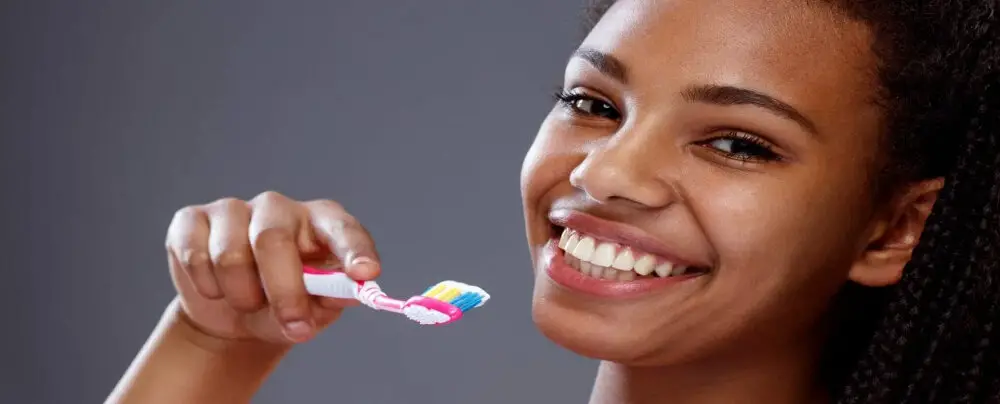
Good dental care is essential for maintaining healthy teeth and gums. It not only prevents dental problems but also helps in maintaining overall health. Neglecting dental care can lead to various dental issues such as tooth decay, gum disease, and bad breath. Therefore, it is crucial to follow good dental hygiene practices, which include brushing teeth twice a day, flossing, and using mouthwash. Regular dental check-ups and cleanings are also necessary to detect any dental problems early and prevent them from getting worse. Proper dental care is especially important for children as they are more prone to dental issues. As children grow, their teeth go through various developmental stages, and it is important to monitor their dental health regularly to ensure that their teeth are developing correctly. Parents should encourage their children to brush and floss regularly and ensure that they are eating a healthy diet to promote good dental health. Regular dental visits can also help detect any dental problems early and ensure that any issues are treated before they become major problems. By practicing good dental hygiene habits from a young age, children can develop healthy teeth and gums that will last a lifetime.
Good dental care is essential for children’s dental health because it helps prevent tooth decay, gum disease, and other oral health problems. Regular brushing and flossing remove food particles and plaque, which can cause cavities and gum inflammation. Additionally, visiting the dentist at least twice a year can help detect and treat any dental issues early, before they become more serious. Good dental care habits established in childhood can also set the foundation for a lifetime of healthy dental habits, reducing the risk of dental problems in adulthood. By prioritizing good dental care for children, parents can help ensure their children have a healthy smile and good oral health throughout their lives.
Maintaining good dental care for children is crucial for their overall health and well-being. As parents, it’s essential to establish good dental habits early on in your child’s life. Here are some tips to ensure your child’s teeth remain healthy and strong: Firstly, start brushing your child’s teeth as soon as they appear, using a soft-bristled toothbrush and fluoride toothpaste. Secondly, limit sugary foods and drinks as they can cause tooth decay. Instead, encourage your child to eat a balanced diet rich in fruits, vegetables, and dairy products. Thirdly, visit the dentist regularly, at least twice a year, for checkups and cleanings. Finally, teach your child the importance of good dental hygiene, including brushing and flossing daily, and make it a fun and enjoyable experience. By following these tips, you can help your child maintain a healthy and beautiful smile for years to come.
Poor dental care can lead to a range of long-term effects, including tooth decay, gum disease, and even tooth loss. Not only can this impact a child’s ability to eat, speak, and smile confidently, but it can also have negative effects on their overall health. For instance, gum disease has been linked to an increased risk of heart disease, stroke, and other serious health conditions. Additionally, untreated dental problems can lead to chronic pain and discomfort, which can impact a child’s quality of life. Therefore, it is important for parents to prioritize and encourage good dental habits in their children from an early age to prevent these potential long-term effects.
Dental milestones are crucial for the overall growth and development of children. As children grow and mature, they experience a range of dental milestones, including teething, losing baby teeth, and the emergence of permanent teeth. These milestones are essential for the proper alignment and positioning of teeth, which in turn affects the child’s speech, chewing ability, and even their facial structure. Understanding these milestones is essential for parents to monitor their child’s dental health, and to identify any potential issues early on. Regular visits to the dentist, along with proper oral hygiene habits, can help ensure that children’s dental milestones are achieved smoothly and without complications, setting them on the path to a healthy smile for life.
As a parent, it’s essential to understand that losing front teeth is a natural part of your child’s growth and development. However, it can still be a stressful and emotional time for both you and your child. It’s important to support your child through this process by reassuring them that losing teeth is normal and that their new teeth will grow in soon. Encourage your child to take care of their teeth and gums by continuing to brush and floss regularly. Provide soft and easy-to-chew foods to help ease any discomfort they may experience. Lastly, make sure to celebrate each lost tooth as a milestone in your child’s growth and development. By following these tips, you can help your child feel confident and at ease during this exciting time.
As a parent, it is essential to prioritize your child’s dental health and seek professional dental care regularly. It can be tempting to ignore minor dental issues or assume they will resolve on their own, but this can lead to more significant problems down the line. Regular dental check-ups and cleanings can help prevent cavities, gum disease, and other oral health issues. Moreover, a dentist can provide valuable guidance on proper oral hygiene practices and identify any potential concerns early on. Don’t wait until your child experiences pain or discomfort to seek dental care. By taking preventative measures and seeking professional care, you can ensure your child’s smile stays healthy and bright for years to come.
Conclusion

In conclusion, losing front teeth is a normal part of a child’s dental milestones. It typically occurs between the ages of 5 to 7 years old, but can vary for each child. Parents should be aware of the signs and symptoms of tooth loss, such as wiggly or loose teeth, and help their child maintain good oral hygiene to promote healthy tooth development. Additionally, parents should also consult with their child’s dentist to ensure proper dental care and to address any concerns regarding their child’s dental health. Remember, as with most things in life, every child develops at their own pace, so patience and understanding are vital as we watch our little ones grow and develop their pearly whites.





